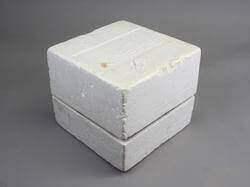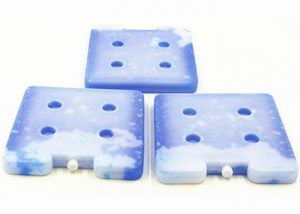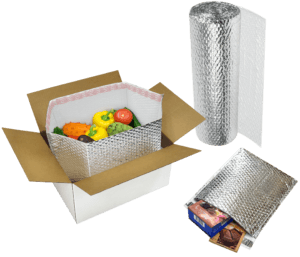In 1939, the first refrigerated truck was launched, and it revolutionized the world of temperature controlled transport. Today, refrigerated trucks carry 90 percent of the groceries that are consumed in the U.S. They also transport countless numbers of other temperature-sensitive pharmaceuticals, cosmetics, flowers and perishable goods.
Although the invention of refrigerated trucking was a massive leap forward in the evolution of cold transport, it wasn’t a one-size-fits-all solution. With the globalization of trade and rising cost of sensitive goods, such as pharmaceuticals, experts began advising manufacturers to seek packaging solutions that could be controlled outside of a typical transport and supply chain. In other words, each package should have its own means to remain at its own ideal temperature, regardless of where it is in the shipping process.

In the 1990s, manufacturers turned to polystyrene to solve their temperature control problems. Polystyrene, along with water-based cold packs, could reasonably control temperatures in a package for a short distance, but the downsides became quickly evident. The cost of polystyrene was high and water-based cold packs were unreliable, so there was always the potential for spoilage.
 The 2000’s brought a new advancement in cold chain packaging with the invention of Phase Change Materials (PCMs). PCMs are cold gel packs made up of of salt and paraffin suspended in bricks. PCMs gave shippers much more control over temperature range, and also allowed them to keep temperatures more reliably consistent. This meant that perishable products could be shipped longer distances with the confidence that they would not deviate from the desired temperature range.
The 2000’s brought a new advancement in cold chain packaging with the invention of Phase Change Materials (PCMs). PCMs are cold gel packs made up of of salt and paraffin suspended in bricks. PCMs gave shippers much more control over temperature range, and also allowed them to keep temperatures more reliably consistent. This meant that perishable products could be shipped longer distances with the confidence that they would not deviate from the desired temperature range.
 Today, people seeking to ship temperature sensitive goods have an even better option. Shipping bags made with vacuum insulated panels provide better temperature control than polystyrene. When combined with PCM cold packs, they are a reliable, lightweight and safe way to ship many perishable items. They are also cost competitive and fit easily inside a standard shipping box.
Today, people seeking to ship temperature sensitive goods have an even better option. Shipping bags made with vacuum insulated panels provide better temperature control than polystyrene. When combined with PCM cold packs, they are a reliable, lightweight and safe way to ship many perishable items. They are also cost competitive and fit easily inside a standard shipping box.
If you have questions or are looking for temperature-sensitive shipping solution, contact the specialty packaging experts at PAC to learn about the ever evolving technology behind our cold chain shipping products.

